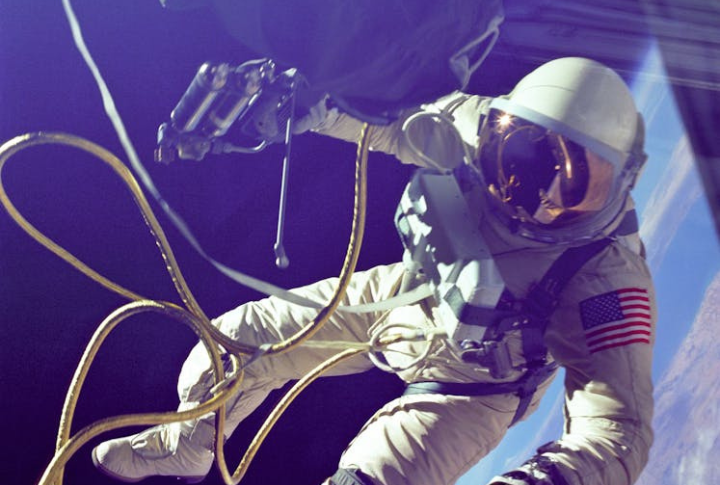
Space is a vast and mysterious frontier, full of wonders beyond imagination. Scientists uncover new surprises every day, and some facts are so wild that they seem unreal. Get ready to explore the most fascinating, mind-blowing details about our universe—you won’t believe what’s out there!
The Hypernova Is A Star Explosion That Outshines Entire Galaxies
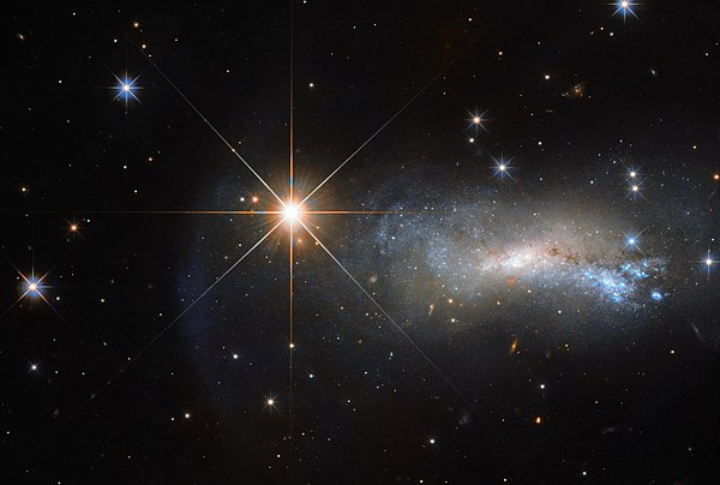
Imagine looking up at the night sky and seeing a single star brighter than a billion suns. That’s what happens when a hypernova erupts. These explosions release more energy in seconds than our sun will in its lifetime. Space holds unimaginable power, and we’ve barely scratched the surface.
The Largest Volcano Isn’t On Earth
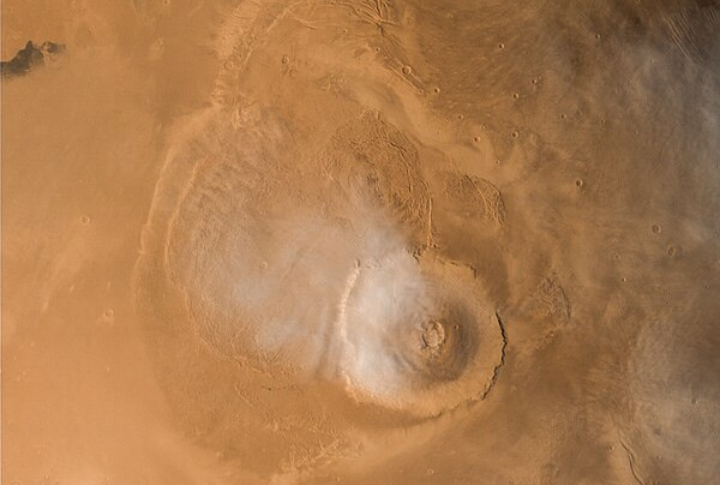
Earth’s tallest volcano, Mauna Loa, pales in comparison to Olympus Mons on Mars. This colossal volcano rises nearly 14 miles high—about 2.5 times the height of Mount Everest! The peak would be so distant from its base that it’d disappear beyond the horizon. Mars, the Red Planet, holds some truly massive secrets.
A Planet Where It Rains Diamonds
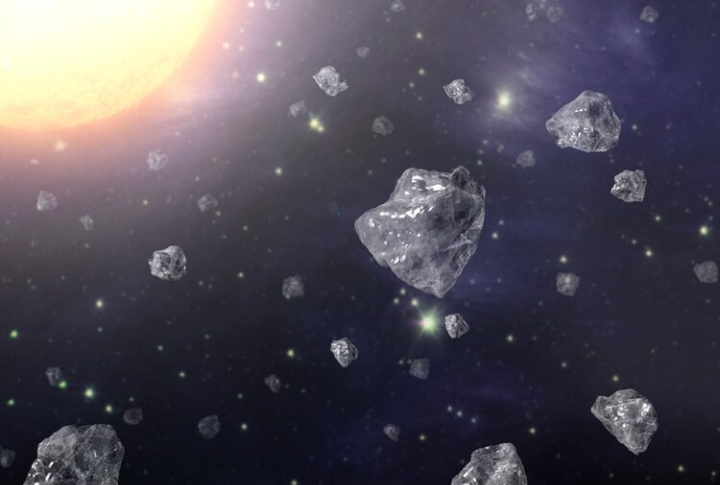
Intense pressure turns carbon into diamonds deep within Neptune and Uranus, creating a literal gemstone storm. Scientists believe these sparkling rains form massive diamond oceans beneath the surface. Just picture a world where diamonds fall from the sky; now that’s a sight everyone would love.
The Moon Is Drifting Away From Earth
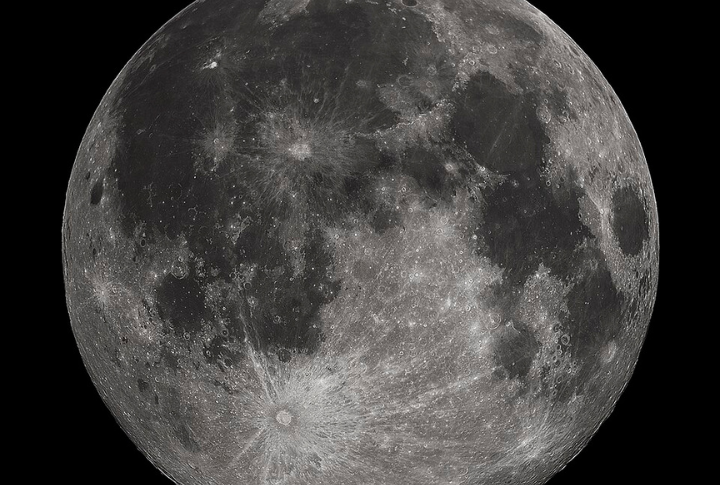
Each year, the Moon drifts roughly 1.5 inches away from Earth. It might not sound like much, but over millions of years, it changes Earth’s tides and rotation. If this continues, future generations could experience longer days and weaker ocean waves. This means that surfing might become extinct!
A Planet With Two Suns Exists
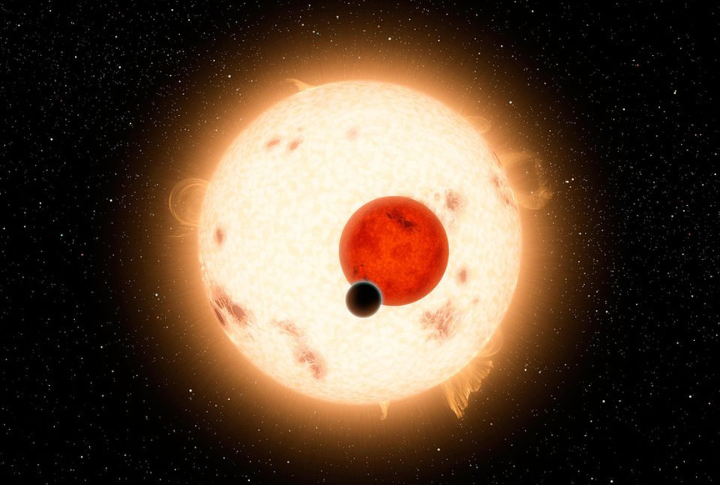
Science fiction became a reality when astronomers discovered Kepler-16b, a planet that orbits two suns. This unique world experiences two sunsets every night, with its twin suns providing double the daylight, much like the planets seen in “Star Wars.”
There’s A Gigantic Cloud Of Space Alcohol

A massive cloud of alcohol floats in the Milky Way, but don’t grab a glass yet—it’s not the kind you can drink. This cosmic booze is made of methanol, a toxic form of alcohol. Spanning 1,000 times the size of our solar system, it’s proof that space chemistry is beyond strange.
A Supermassive Black Hole Is Eating A Galaxy
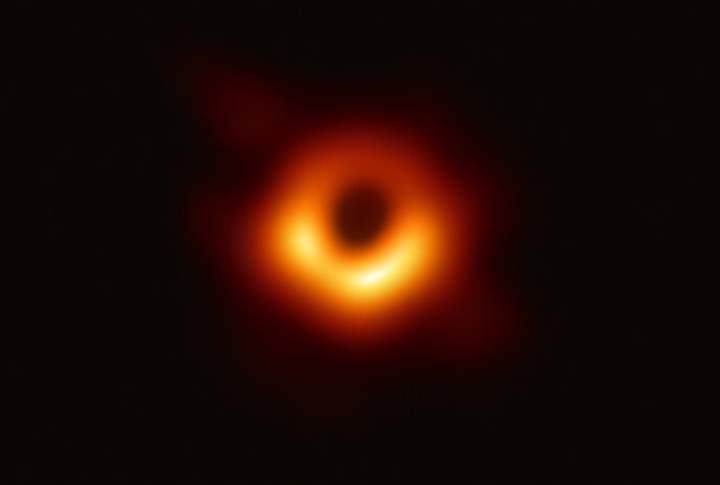
At the center of some galaxies, black holes devour everything in sight. The one in galaxy NGC 4889 is 21 billion times the mass of our sun, pulling entire stars into its abyss. It’s a cosmic monster that never stops feeding.
The Coldest Place In The Universe Is Closer Than You Think
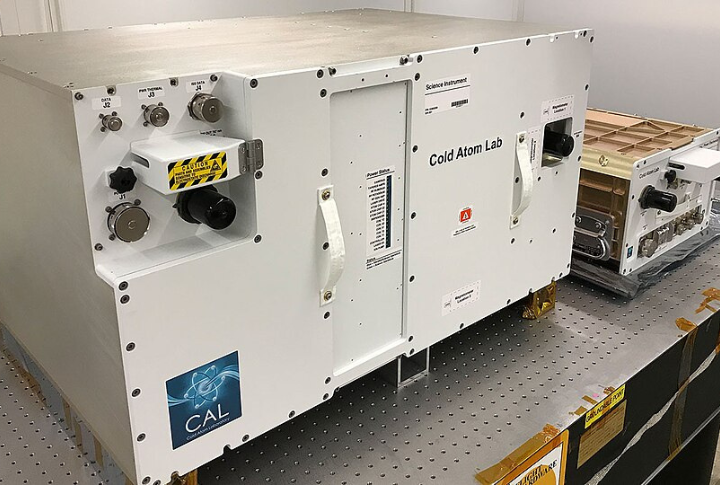
You might assume deep space has the coldest temperatures, but scientists have created an even colder environment in a NASA lab. The Cold Atom Lab aboard the International Space Station cools atoms to nearly absolute zero, making it colder than any naturally occurring place in the universe.
An Exoplanet That’s Completely Dark
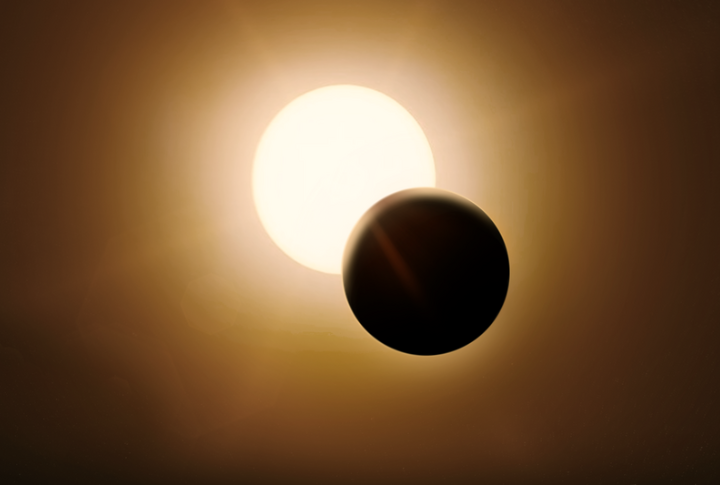
Most planets reflect light, but TrES-2b absorbs 99% of it, and this makes it blacker than coal. Scientists don’t fully understand why, but its eerie darkness gives it an almost invisible appearance. If you flew past it, you’d barely see it lurking in the void of space.
A Neutron Star Spins Faster Than A Blender
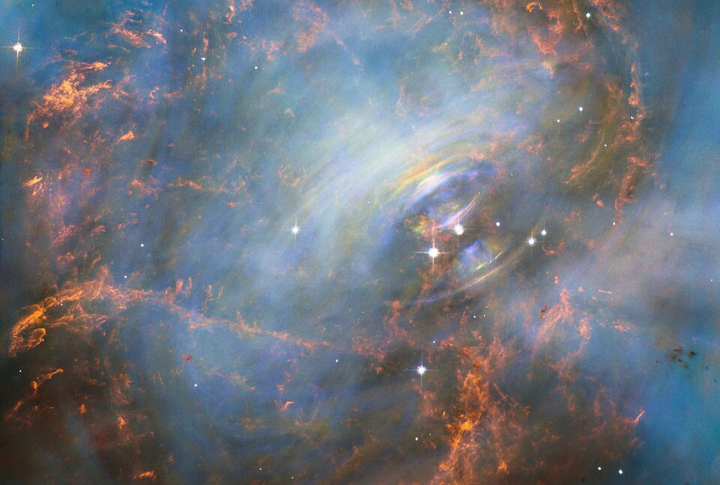
When a massive star collapses, it becomes a neutron star, spinning up to 700 times per second. That’s faster than a kitchen blender! These cosmic speedsters generate extreme magnetic fields, which makes them some of the most powerful objects in the universe.
Some Stars Live Millions Of Years—Others, Just Days
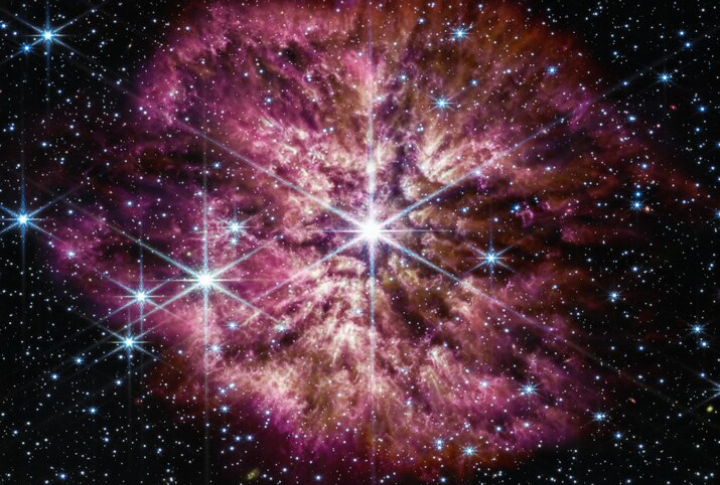
Not all stars burn at the same speed. While red dwarfs can live for trillions of years, massive stars like Wolf-Rayet types burn out in a few million years before going supernova. The bigger they are, the shorter their time to shine.
A Spacecraft Has Left The Solar System
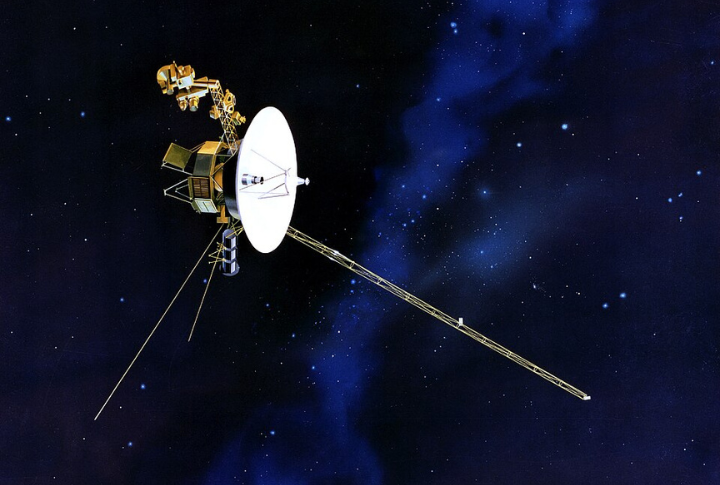
Voyager 1 made history in 2012 as the first spacecraft to cross into interstellar space. It’s still traveling, sending messages from over 14 billion miles away. One day, it could be the only evidence of humanity drifting through the cosmos.
There’s A Planet Where Metal Falls As Rain
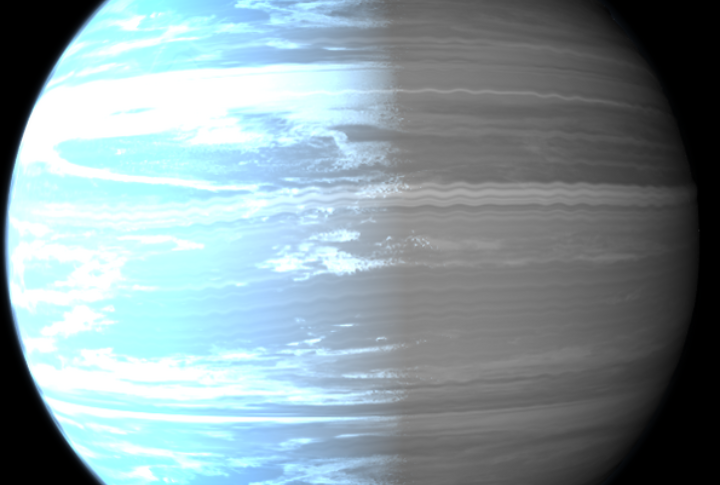
Planet WASP-76b experiences metallic rain due to its extreme temperatures. The intense heat causes iron to vaporize, which then condenses into molten metal rain during the night. This bizarre phenomenon makes even Earth’s most extreme weather feel tame by comparison.
Space Has A Smell
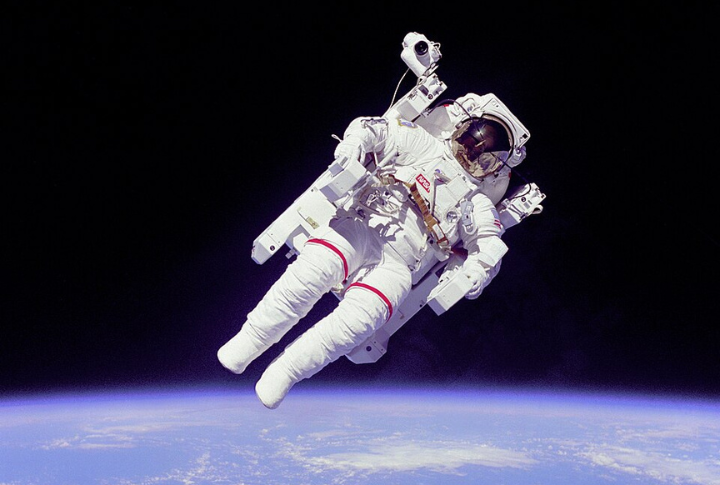
Astronauts describe space as having a distinct odor resembling burnt steak, welding fumes, and gunpowder. This smell is caused by high-energy particles from space attaching to their suits. While space is a vacuum, these particles create a memorable scent when astronauts return to the spacecraft.
The Sun’s Atmosphere Is Hotter Than Its Surface
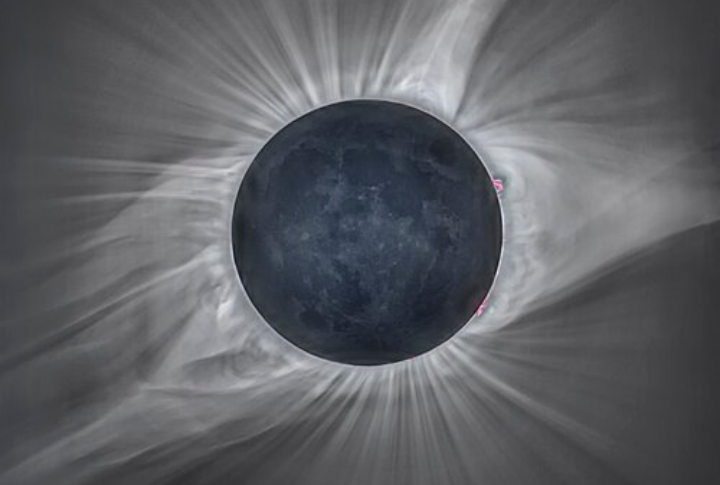
It sounds impossible, but the sun’s outer atmosphere, the corona, is hotter than its surface. While the surface burns at 10,000°F, the corona blazes at over a million degrees. Scientists are still unraveling this fiery mystery.
The Dark Side Of The Moon Isn’t Always Dark
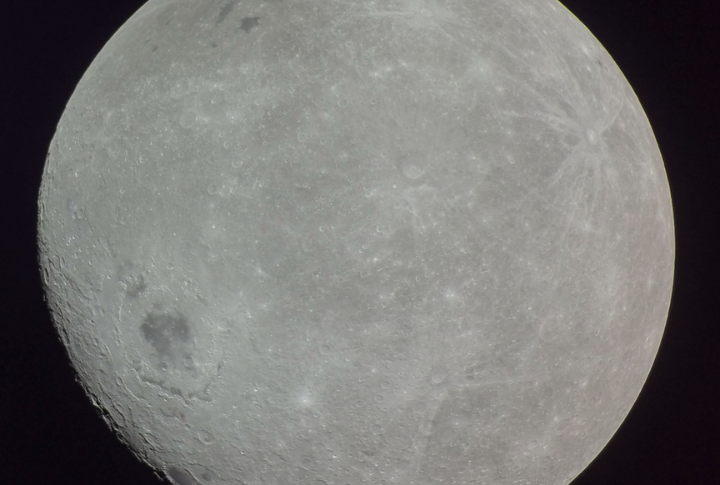
Contrary to popular belief, the Moon’s far side gets just as much sunlight as the near side. It’s just never visible from Earth due to tidal locking. The term “dark side of the Moon” is a misnomer. So, while it may be hidden, it’s not permanently shadowed.
There’s A Giant Hexagon On Saturn
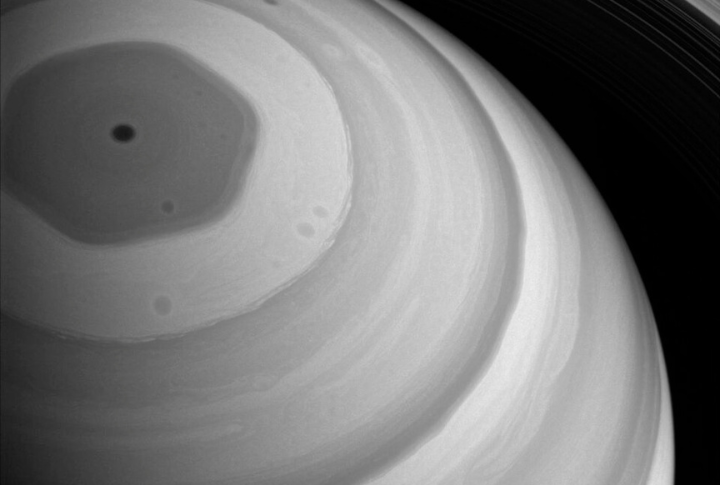
Saturn’s north pole hosts a gigantic hexagonal storm system, larger than Earth. This six-sided vortex has persisted for decades, puzzling scientists with its precise symmetry. Unlike typical chaotic storms, this one maintains its perfect shape, proving that space weather can be both wild and mathematically mesmerizing.
The Fastest Winds In The Solar System Are In Neptune
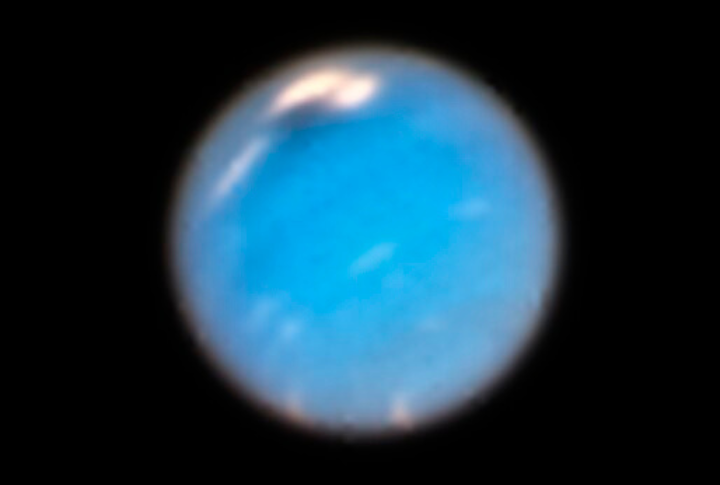
Neptune has the most extreme winds in the solar system, blasting at an astonishing 1,500 miles per hour—almost twice the speed of sound! These ferocious gales whip across its icy atmosphere, and they make even Earth’s strongest hurricanes seem tame.
A Galactic Collision Is Coming
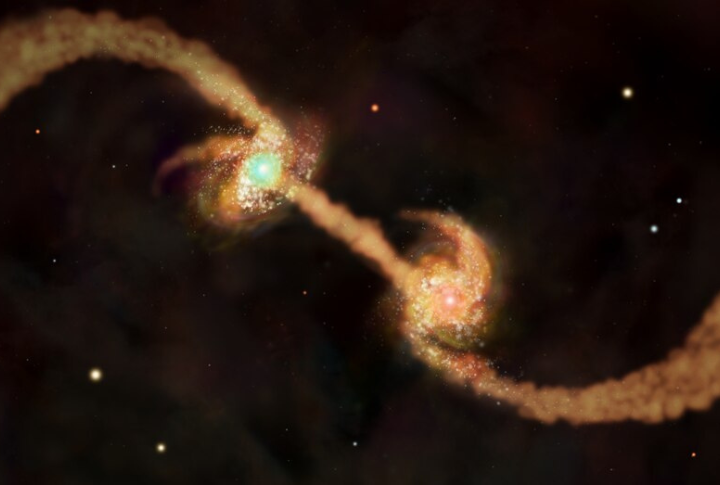
The Andromeda Galaxy and the Milky Way are slowly drifting toward each other and will merge in roughly 4 billion years. As they collide, billions of stars will swirl in a cosmic dance to create new star systems and reshape the night sky in a breathtaking celestial transformation.
There’s A Cloud Of Water Bigger Than Earth’s Oceans
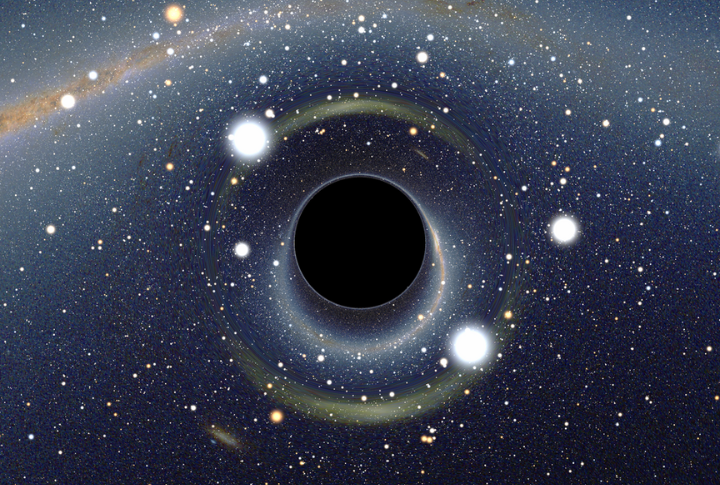
Scientists discovered a water cloud surrounding a black hole 12 billion light-years away. It holds 140 trillion times more water than all of Earth’s oceans combined. If aliens exist, they might have an endless supply of cosmic water. But that itself is debatable.

